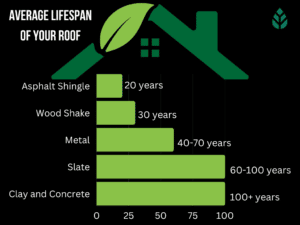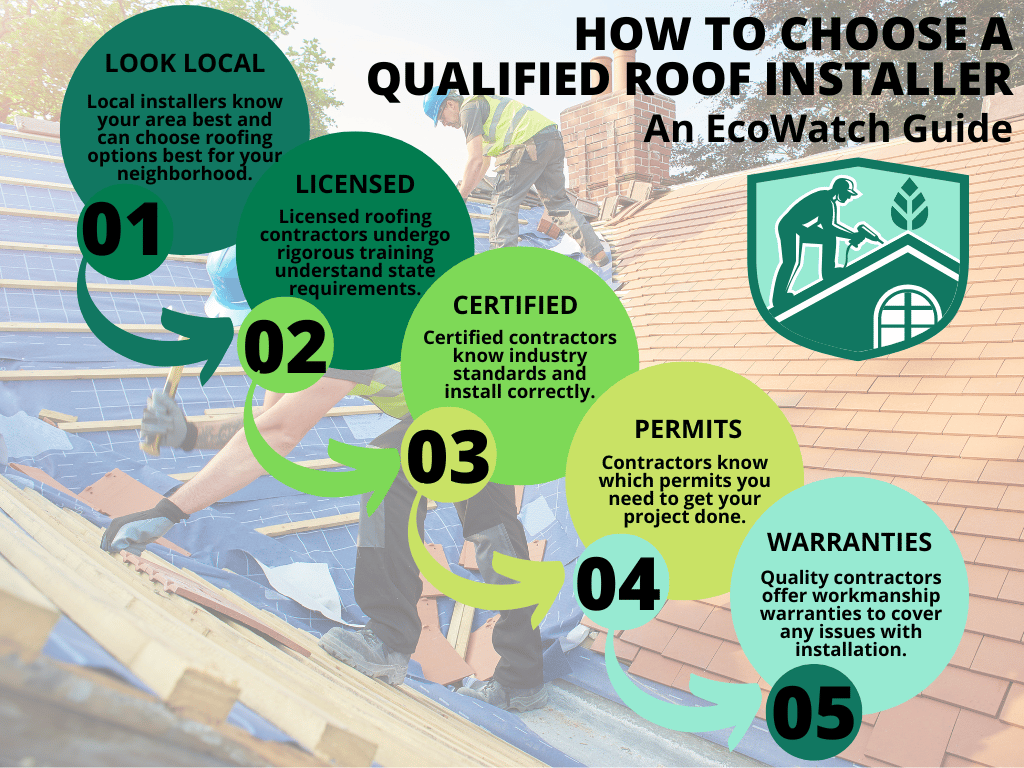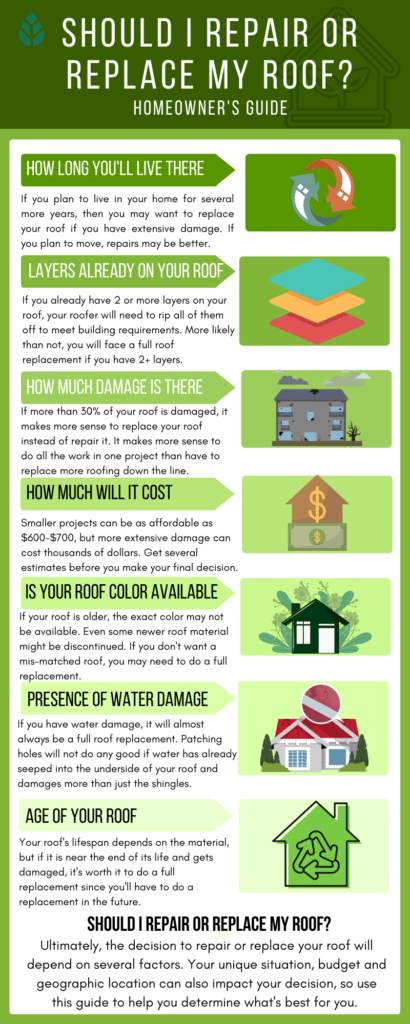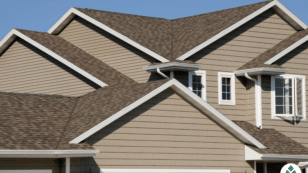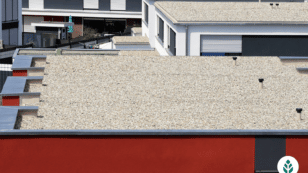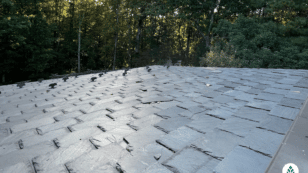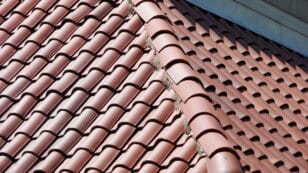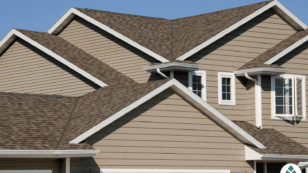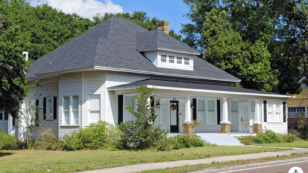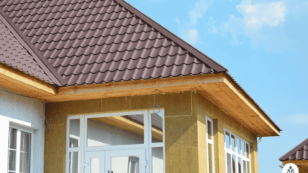
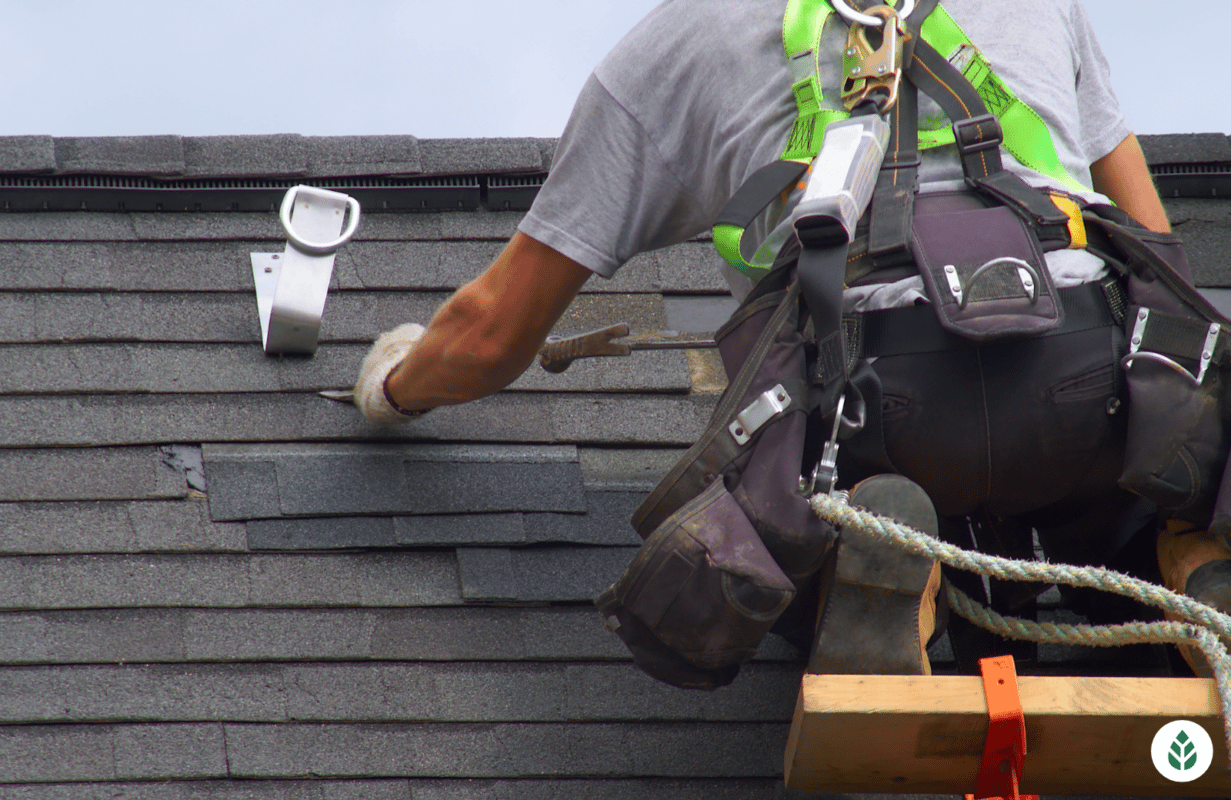
Roof Installation Process (What Homeowners Should Expect 2024)
You’ve signed the contract for your new roof and have picked the installation date, but now what? For many homeowners, the installation process is largely a mystery, but with this guide, you’ll know exactly what to expect when it comes time for the installation of your new roof.
Each product and or company featured here has been independently selected by the writer. You can learn more about our review methodology here. If you make a purchase using the links included, we may earn commission.
At EcoWatch, our goal is to take the stress out of your home improvement project. This EcoWatch guide to sustainable roofing has helped thousands of homeowners like you understand the roof installation process from start to finish.
Whether you’ve decided to replace your roof due to age or because a severe storm rolled through and caused significant damage, this guide to the roof installation process can help you understand what to expect and when.
Expert Advice on Roof Installation
The EcoWatch team asked a number of experts on what homeowners need to know when it comes to installing a new roof. Below are their answers.
What can homeowners expect during the roof installation process?
The roofing material is bought, delivered, unloaded, and placed in a designated area. A starter strip of roofing material is applied to the roof.. Additional roofing material is applied to the roof, overlapping the starter strip. Excess roofing material is trimmed with a power saw and a utility knife. The finished roof is cleaned and inspected for quality assurance purposes.
Should You Do Anything Before Roof Installation Day?
Prior to having a contractor install a new roof, you both will need to discuss what material is the best fit for your home and personal preferences. But because there are many types of roofing material, this is often easier said than done. No longer do homeowners only have the choice of traditional asphalt shingle roofing — they now have access to metal roofing, wood shakes, clay tiles and many more options.
For many homeowners, the decision to go with one material over another happens after they contact a qualified roofing company. However, Todd Miller, roofing industry expert and president of one of the world’s leading metal roofing manufacturers, recommends that homeowners choose the material they want before they contact a roofing contractor:1
“I strongly suggest using the internet to choose the product you like first. Then go to the manufacturer of that product and ask who they suggest as a local contractor/installer. Otherwise, you will get the product that a local contractor wants you to have, not the product you want to have.”
Regardless of when you choose a roofing material, you always need to define your decision criteria to make sure the roof material you select matches your needs. Miller advises that homeowners should consider their long- and short-term timelines, local climate, appearance preferences, potential for severe weather, energy efficiency needs, and environmental values such as recyclability before landing on a type of roof material.
For instance, homeowners interested in energy efficiency and recyclable materials may opt for aluminum metal roofing, which is up to 95% recyclable and reflects light away from your roof. But homeowners who want a quick fix because they’re planning to sell their home may opt for asphalt shingles since these are lower in price.
Our Favorite Roofing Contractors
When it comes to new roof installation, quality matters. For that reason, you need licensed and reputable professional roofing contractors to get the job done right. Our recommended roofing companies are the best in the industry, so click below to get started on your roofing project.

Power Home

Average cost
Pros
- Positive industry reputation
- Lifetime or lengthy warranty
- 10+ years of experience
- Positive customer reviews
- Uses eco-friendly materials
- Well-trained, certified installers
- Variety of roofing styles available
Cons
- Limited variety of roofing materials
- Short or nonexistent warranty
- No financing information available
- Expensive
- Little information available on company website

Erie Home

Zero Down - 18 months same as cash with minimum monthly payment
Average cost
Pros
- Lifetime or lengthy warranty
- Widespread availability
- 10+ years of experience
- Positive customer reviews
- Uses eco-friendly materials
- Financing options available
- Well-trained, certified installers
- Uses durable materials meant to last
- Variety of roofing styles available
Cons
- Limited variety of roofing materials
- Expensive

Aspen Contracting

Average cost
Pros
- Positive industry reputation
- Lifetime or lengthy warranty
- Widespread availability
- 10+ years of experience
- Positive customer reviews
- Financing options available
Cons
- Little information available on company website
Step 5: Put Down Roof Underlayment
The underlayment is another important component of your roof’s system. This felt barrier catches any rogue water droplets and pushes them away from your roof’s sheathing and frame, which prevents rot, mold and mildew.
Underlayment is installed under the drip edge and is fastened to your roof via cap nails placed every four to six inches. To create an airtight barrier, it’s installed both on the roof deck and below the roof’s ridge. Once both edges of the underlayment are fastened down tightly, your roof deck will have a protective water and ice barrier.
Step 6: Install Your New Roof
Next, your contractor will begin to lay down shingles to create the top layer of roof. Starting with starter shingles at the bottom and side of your roof, your roofer will continue to move upward laying shingles until your roof is finished.
For metal roofing, your roofers will first screw in the vertical edge and continue to screw in each vertical row until the roof is finished. This process ensures that your roof will remain flat and any places where water could pool will be eliminated.
Step 7: Gutter and Downspout Installation
Gutters play a major role in your roof’s functionality and health. Without a proper gutter system that’s designed to work with your roof, you may experience severe damage to your roof, your home’s structure and foundation, and the surrounding landscaping. If your gutters work as they should, you won’t have snow, ice or water damage to worry about.
Step 8: Inspect Your Work and Clean
The last step in the roofing process is to inspect the finished roof and clean up any debris that remains. Your roofing crew should gather up and remove any remaining debris and unused materials.
Before your roofers are done, your new roof will also undergo an inspection to ensure that it was installed properly and to make sure that no shingles are damaged or defective. Because a poorly installed roof has a shorter lifespan, this final inspection is critical.
What Is a Roofing System?
Your finished roof may seem sleek and simple, but a roof system is a complex structure with a number of major components, including:
- Ice and water shield: Weather-resistant first layer designed to protect your home against rain, water damage and ice dams
- Underlayment: Roofing felt second layer designed to make your roof’s structure stronger. It also protects against mold and UV rays
- Starter shingles: Shingles installed around your roof’s edge and fastened down so wind can’t lift them off
- Roof shingles: The shingles you see on your roof that protect your home against the elements
- Hip and ridge caps: Shingles lining the joints of your roof so that water drains easily off of edges and doesn’t penetrate into cracks and joints
Still Need a Professional Roofer?
Now that you understand the roof installation process, it’s time to find a reputable roofing company to expertly install your roof. Our recommended roofing providers are the best in the industry, so don’t hesitate to get your free quote today.
FAQ: Roof Installation Process
If you hired a professional contracting company to replace your roof, all you need to do is stay out of the roofer’s way. You may not necessarily need to leave your home during the installation process, but if you work remotely it may be best to find an alternative place to work during the day because roof replacement can be noisy.
There is no definitive timeline for your roof replacement, but homeowners can expect in the range of one to three days. The exact time it will take depends on the size and complexity of your roof and the number of workers on the roofing crew.
A roof system is made of up several layers of roofing material that together protect your home from the elements. Your roof deck system consists of an ice and water shield, underlayment, starter shingles, roof shingles and hip and ridge shingles.
There are two different types of warranties available for your roof: a material warranty and a workmanship warranty. The material warranty comes from your roof’s manufacturer and generally covers defective roofing materials. The workmanship warranty covers the labor that goes into installing your roof, protecting you against faulty workmanship.

 233k
233k  41k
41k  Subscribe
Subscribe 
